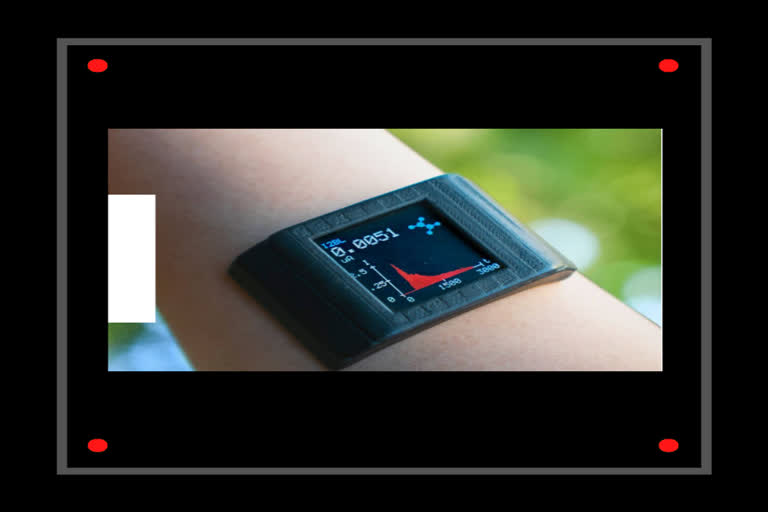UK. Normally smartwatches keep a track of of your steps, sleep pattern, heart rate and some smartwatches also help in monitoring blood pressure. However still, they are unable to monitor your body chemistry and in turn to see how well your body metabolism is working.
To address that need, UCLA engineers developed a disposable, double-sided film that attaches to the underside of a smartwatch. The film can detect molecules such as metabolites and certain nutrients that are present in body sweat in very tiny amounts. They also built a custom smartwatch and an accompanying app to record data.
The system looks for chemical indicators found in sweat to give a real-time snapshot of what's happening inside the body. A study detailing the technology was published in the journal of Science Advances.
"The inspiration for this work came from recognizing that we already have more than 100 million smartwatches and other wearable tech sold worldwide that have powerful data-collection, computation and transmission capabilities," said study leader Sam Emaminejad, an assistant professor of electrical and computer engineering at the UCLA Samueli School of Engineering.
Also Read: Tracking Community Outbreaks of COVID-19 through wastewater, research by CSIRO
"Now we have come up with a solution to upgrade these wearable's into health-monitoring platforms, enabling them to measure molecular-level information so that they give us a much deeper understanding of what's happening inside our body in real time," Samuel further explained.
The skin-touching side of the adhesive film collects and analyzes the chemical makeup of droplets of sweat. The watch-facing side turns those chemical signals into electrical ones that can be read, processed and then displayed on the smartwatch.
Also Read: Using sunlight to save satellites from a fate of 'space junk'
"By incorporating appropriate enzymatic-sensing layers in the film, we specifically targeted glucose and lactate, which indicate body metabolism levels, and nutrients such as choline," Wang said.
The researchers tested the film on someone who was sedentary, someone doing office work and people engaged in vigorous activity, such as boxing, and found the system was effective in a wide variety of scenarios. They also noted that the stickiness of the film was sufficient for it to stay on the skin and on the watch without the need for a wrist strap for an entire day.
Also Read: Indian smartphone users can buy Samsung Galaxy Note 10 Lite at discounted price



